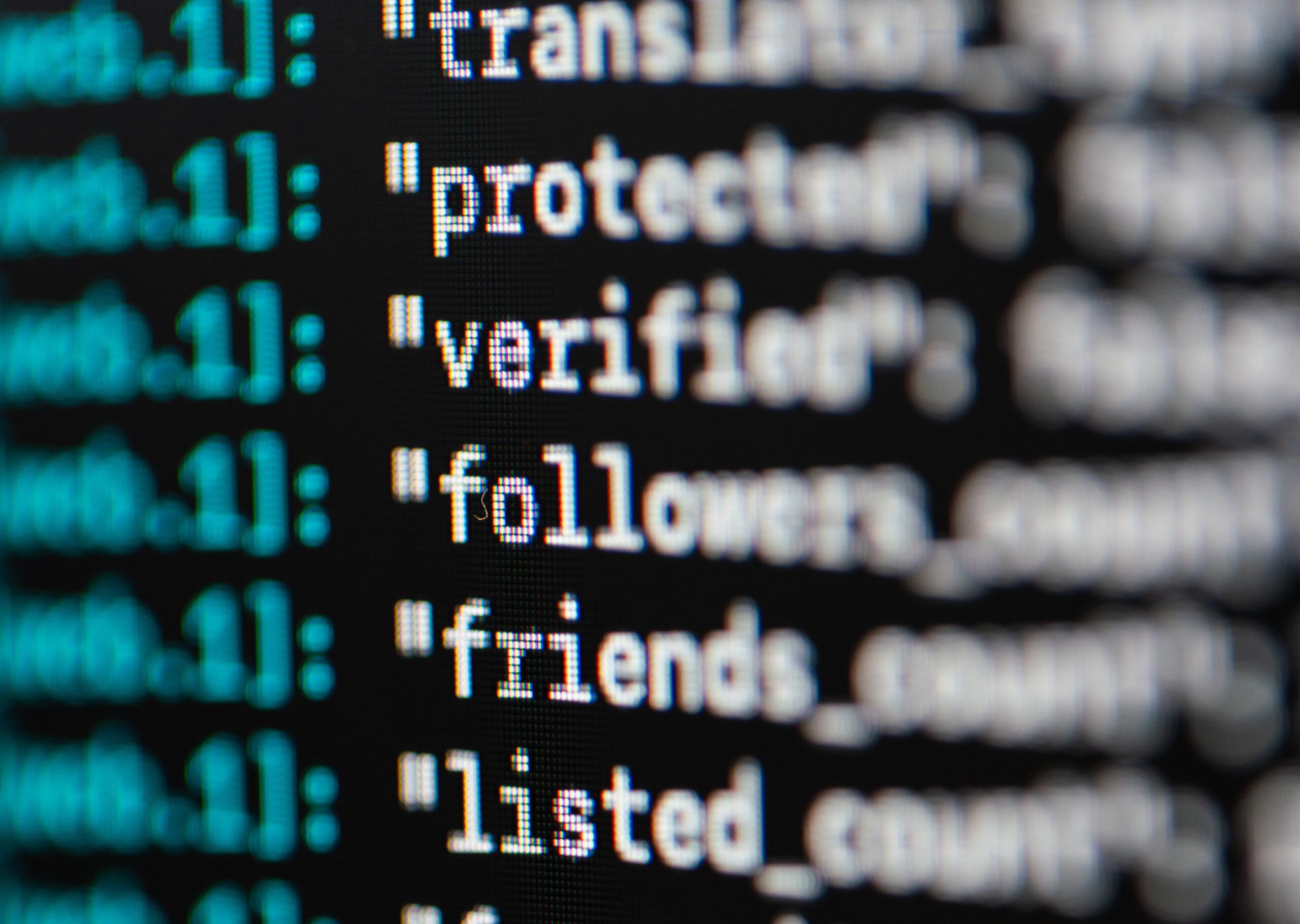In the modern world of technology, the problem of attacks on businesses operating on the Internet has become extremely aggravated. Data protection and Cyber security is a computer security governance policy framework that will help improve the ability to prevent, detect, and respond to any cyber attack.
In this article we will see what type of deep fake companies can suffer and what cyber security solutions we can implement to combat it. Cyber security is plans and techniques that are comprehensive and well-designed to regulate access to an organization’s system and all the information that is there.
Cyber security in the usual sense is a set of measures aimed at minimizing the criminal actions of intruders (cybercriminals, hackers) on web resources, networks and software. Cyber attacks are occurring more and more rapidly. Therefore, cyber security is a good investment as it is a key aspect that all companies must consider. Theft of personal data, theft of funds from bank clients’ accounts, destruction of websites (complete deletion or blocking) are just some of the problems that modern society and business are faced with. That is why effective protection against cyber attacks comes to the fore.
What sort of risks being encountered?
All large companies with large IT systems are more likely to become victims of cyber attacks, but no one is equally immune from this. What tasks should be prioritized
- Regular analysis of the system for the presence of vulnerabilities (penetration test, diagnostics and audit)
- Constant introduction of new forms and methods of cyber security protection
- Prevention and elimination of the consequences of attacks (cyber attacks).
What kind of threats people face?
On the Internet, there are enough articles and expert recommendations on the need to protect data, on choosing reliable passwords and protecting networks for transmitting information. But few people attach importance to these recommendations until the moment when they themselves become a victim of cyber crime and will not face scammers who are extorting money to restart the site.
- Kriptomayning: This attack happens when a device is infected system that can produce and produce crypto currency without the knowledge of the owner, and as a result, the device will slow.
- Ransomware: This is a type of information interception in which malware can encrypt files and data and then demands a ransom to decrypt and unlock them.
- Data breaches: Stealing or copying of confidential data.
- Phishing: This is when an identity is impersonated as another person through an email in which someone impersonates another person, usually important personalities such as banks, and thus steals all information, be it passwords or credit card information.
- Machine Learning Poisoning: The threat lies in the possibility of modifying (distorting) the machine learning model used in the information (automated) system that implements artificial intelligence technologies. The implementation of this threat is possible if the intruder has the ability to influence the machine learning process.
- Deep Fake: It combines two concepts one is deep learning, that is, training neural networks, and fake. The deep fake is to alter or distort videos with a specialized technique in order to create false news about certain characters with a high presence in the networks, such as artists, celebrities or even businesses of our customers.









